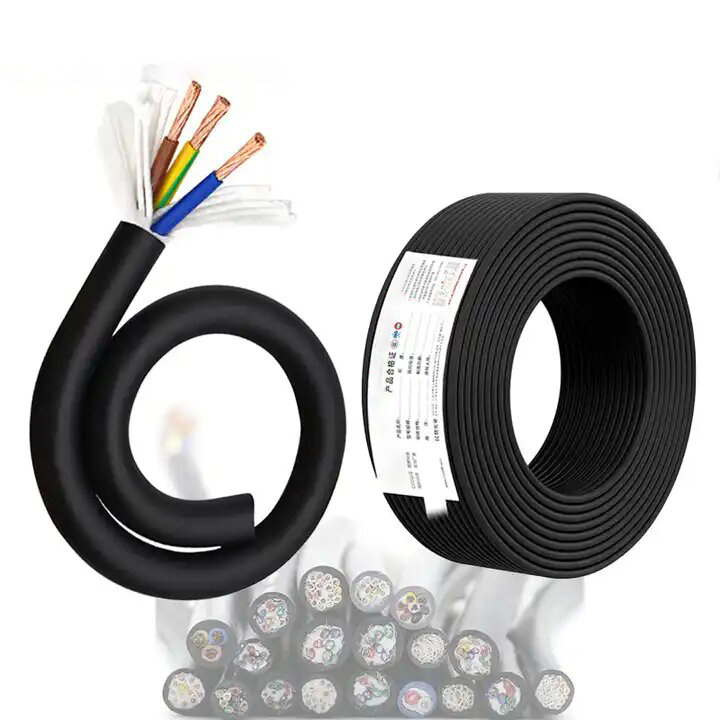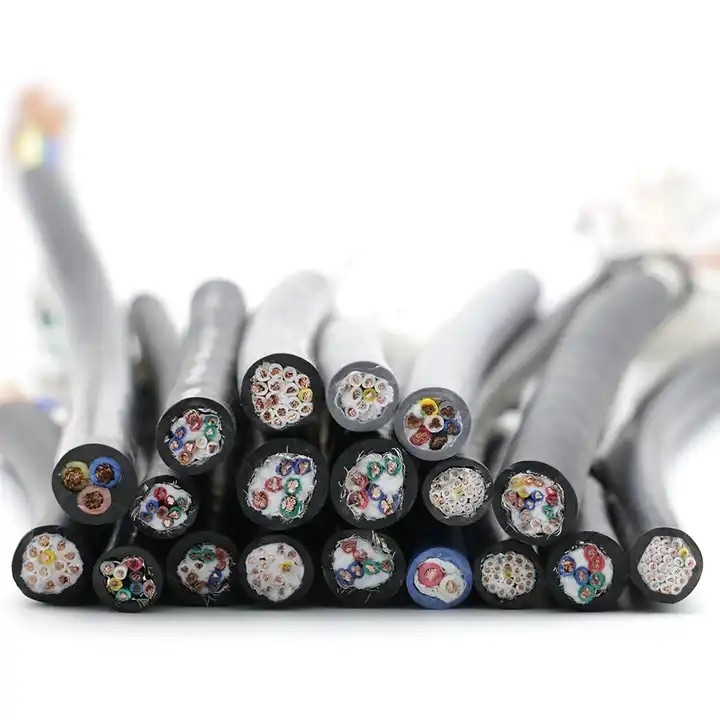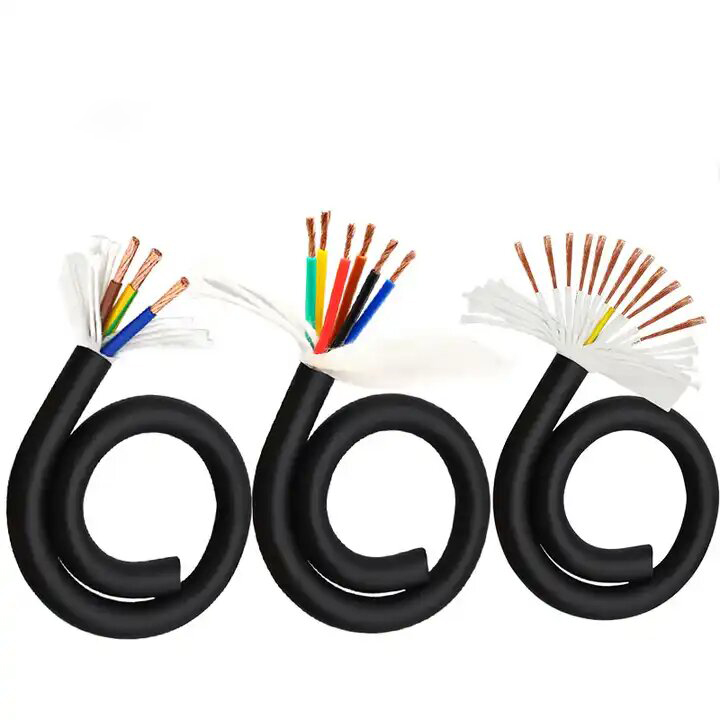TL-LINK: Shielded Twisted Pair Cable Factory
Published:
2024-06-05 14:48:52
TL-LINK cable manufacturers, known for their quality and innovation, continue to set the standard for shielded twisted pair cable production, ensuring reliable and efficient data transmission for years to come.
Both STP and UTP cables consist of pairs of insulated copper wires twisted together. The twisting helps to reduce crosstalk and electromagnetic interference (EMI), which can degrade signal quality.Two common types of cables that stand out are shielded twisted pair (STP) and unshielded twisted pair (UTP). This article delves into the distinctions between these cables, with a special focus on the factory production aspects of shielded twisted pair cables, a product category that TL-LINK has made significant inroads into.


Wire Drawing: High-quality copper is drawn into thin wires to be used as conductors.
Insulation: Each wire is coated with a layer of insulation, typically plastic, to prevent electrical leakage and short circuits.
Twisting: The insulated wires are then twisted around each other to increase their resistance to interference.
Shielding Application: For STP cables, a shielding layer made of foil or braided wire is applied over the twisted pairs.
Assembly: The shielded twisted pairs are assembled into a cable, often with an overall jacket for additional protection.
Testing: Each cable is rigorously tested for performance, including attenuation, NEXT (Near End Crosstalk), and resistance to ensure it meets industry standards.
Quality Control: A comprehensive quality control process ensures that each shielded twisted pair cable is free from defects and ready for use.
- Secure Networks: For environments that require high levels of data security, such as government and military installations.
- High-Interference Areas: Industrial settings with a lot of electrical equipment that can generate interference.
- Long-Distance Runs: For longer cable runs where signal degradation is a concern.













